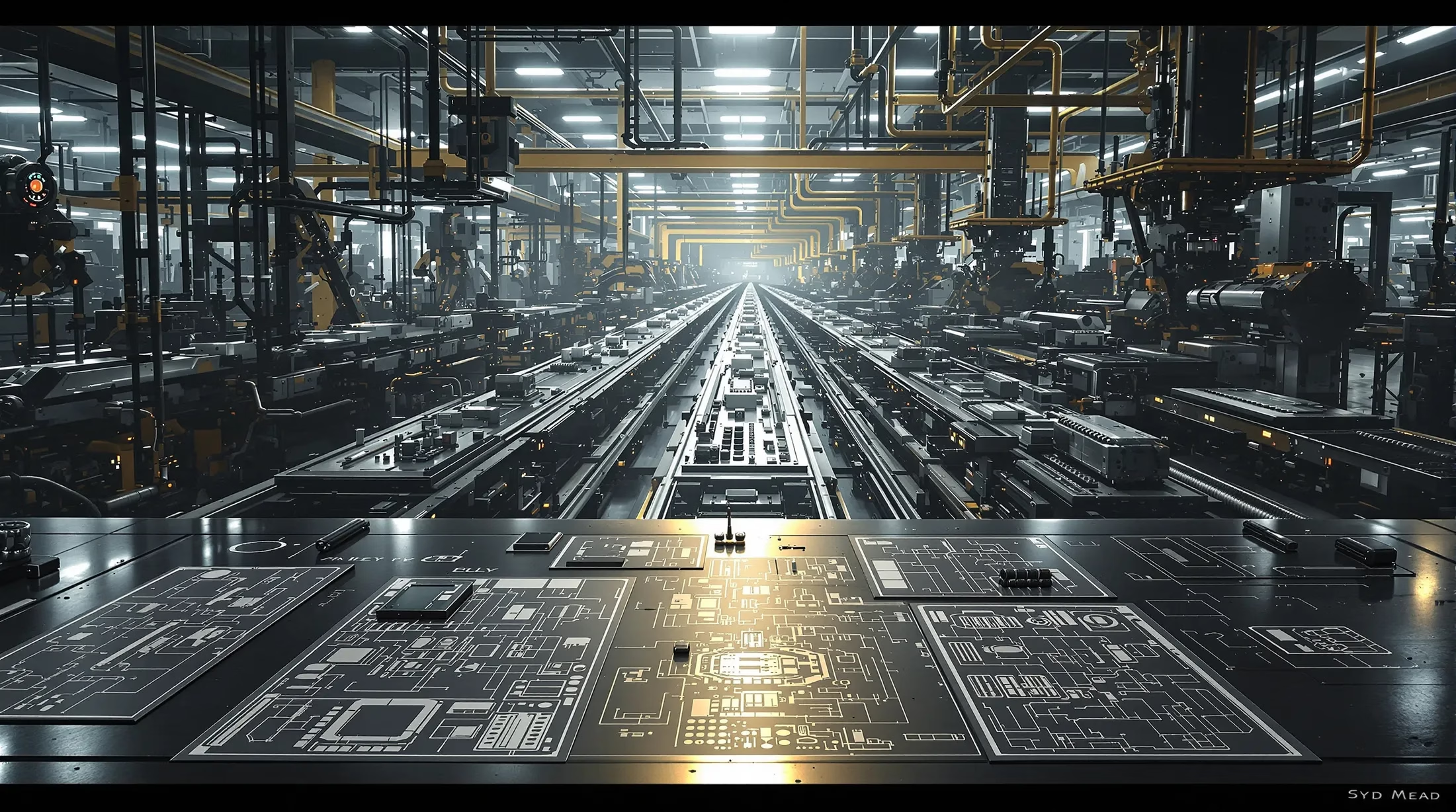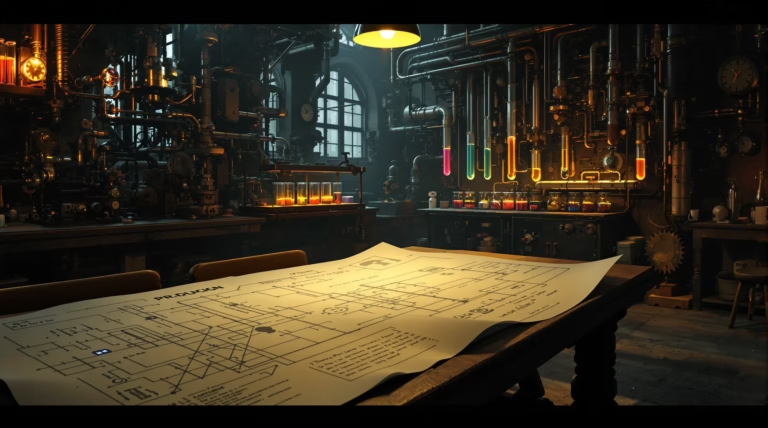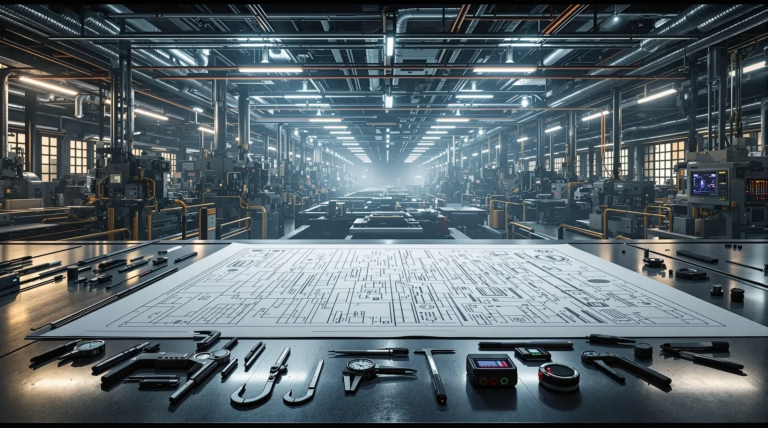What Does a Manufacturing Engineer Do? Discover Their Role and Responsibilities
Manufacturing engineers play a vital role in modern industry, transforming innovative designs into tangible products that shape our daily lives. If you’re curious about this dynamic profession that combines technical expertise with creative problem-solving, let’s explore the comprehensive responsibilities and impact of manufacturing engineers.
Understanding the Role of a Manufacturing Engineer
Manufacturing engineers serve as the cornerstone of production industry, applying engineering principles to convert raw materials into finished products such as cars, phones, computers, and various appliances. Their expertise focuses on non-chemical and non-biochemical manufacturing systems, specifically in machining and assembly processes.
These professionals bridge the critical gap between product design and full-scale production, ensuring optimal factory layouts, appropriate technology selection, and efficient workflows. Their primary objectives include:
- Maximizing production efficiency
- Maintaining consistent quality standards
- Optimizing cost-effectiveness
- Streamlining manufacturing operations
- Implementing innovative solutions
Key Responsibilities of a Manufacturing Engineer
Manufacturing engineers oversee the entire production process, from initial planning to continuous improvement initiatives. Their comprehensive responsibilities include:
- Designing and implementing manufacturing systems
- Establishing efficient production lines
- Selecting appropriate machinery and equipment
- Developing operational plans
- Monitoring equipment performance
- Managing material flow and inventory control
- Conducting cost analyses
- Overseeing quality management systems
Skills Required for a Manufacturing Engineer
| Technical Skills | Soft Skills |
|---|---|
| Lean manufacturing principles | Communication abilities |
| Quality assurance expertise | Problem-solving capabilities |
| ISO 9000 knowledge | Commercial awareness |
| Six Sigma methodologies | Organizational skills |
| Process optimization | Leadership qualities |
Core Responsibilities in Manufacturing Engineering
Manufacturing engineers function as system architects, transforming individual components into market-ready products through carefully designed processes. They maintain a delicate balance between time constraints, budget limitations, and quality requirements while overseeing:
- Inventory control and material flow management
- Cost analysis and optimization
- Quality management systems
- Procurement processes
- Supply chain operations
- Equipment performance monitoring
Designing Efficient Manufacturing Systems
When designing production systems, manufacturing engineers analyze multiple factors to create optimal manufacturing environments. Their design process considers:
- Product specifications and production volumes
- Material handling requirements
- Equipment capabilities and limitations
- Spatial constraints and factory layout
- Ergonomic factors and worker safety
- Utility requirements and resource allocation
Optimizing Manufacturing Processes
Process optimization involves continuous analysis and improvement of production methods. Manufacturing engineers employ various techniques including:
- Time studies and motion analysis
- Process mapping and workflow optimization
- Lean manufacturing implementation
- Six Sigma methodology application
- Standard operating procedure development
- Advanced manufacturing technique integration
Implementing Technology and Ensuring Quality
Manufacturing engineers serve as technological vanguards in production environments, spearheading the implementation of advanced systems that transform manufacturing capabilities. They strategically evaluate and select technologies that align with production goals, ensuring both time efficiency and cost-effectiveness. Their technical expertise enables the creation of manufacturing ecosystems where product quality remains consistently high while minimizing operational costs.
These professionals establish comprehensive quality control frameworks that safeguard product integrity throughout the production lifecycle. Through systematic process improvements and continuous monitoring, they:
- Design optimized factory layouts for maximum workflow efficiency
- Implement precision measurement systems
- Develop robust quality assurance protocols
- Monitor product tolerances and requirements
- Identify and address potential quality issues proactively
Integrating Advanced Manufacturing Technologies
| Technology Category | Implementation Components |
|---|---|
| Automation Systems | Robotics, AGVs, Cobots, Advanced CNC machinery |
| Digital Platforms | MES, ERP integrations, IIoT networks |
| Data Management | Real-time production monitoring, Predictive maintenance |
| Integration Support | Cross-functional team coordination, Training programs |
Maintaining Quality Control Standards
- Implementation of comprehensive inspection protocols:
- First Article Inspection (FAI)
- In-process verification
- Final quality checks
- Precision measurement tools (CMMs, optical comparators)
- Quality management systems compliance:
- ISO 9001 standards
- AS9100 for aerospace
- IATF 16949 for automotive manufacturing
- Quality assurance processes:
- Root cause analysis
- Corrective and preventive actions (CAPA)
- Quality documentation maintenance
- Personnel training on quality procedures
Enhancing Production Efficiency and Safety
Ensuring Compliance with Safety Standards
Manufacturing engineers integrate comprehensive safety measures into production systems while maintaining optimal efficiency. Through detailed risk assessments, they identify and mitigate potential hazards by implementing advanced engineering controls, including:
- Machine guarding systems
- Light curtain safety barriers
- Emergency stop mechanisms
- Lockout/tagout procedures
- Ergonomic workstation designs
- Material handling solutions
These professionals develop robust safety management systems that align with OSHA standards and industry-specific requirements. Their systematic approach includes regular safety audits, detailed protocols, and comprehensive training programs that foster safety-conscious manufacturing environments. When introducing new equipment or processes, they conduct thorough safety evaluations considering multiple risk factors:
| Safety Factor | Assessment Components |
|---|---|
| Physical Hazards | Noise levels, vibration exposure, mechanical risks |
| Chemical Safety | Exposure limits, ventilation requirements, PPE needs |
| Ergonomic Risks | Repetitive motions, lifting requirements, workspace design |
| Process Safety | Equipment operation, maintenance procedures, emergency protocols |
Career Path and Opportunities in Manufacturing Engineering
Manufacturing engineering presents a dynamic career path for individuals passionate about optimizing production processes. These professionals design sophisticated machinery and technological systems across diverse sectors, from medical devices to automotive manufacturing. Their expertise in implementing engineering principles drives innovation while improving efficiency, quality, and cost-effectiveness.
Educational Requirements and Career Progression
- Educational Foundation:
- Bachelor’s degree in manufacturing, industrial, or mechanical engineering
- Strong foundation in mathematics, physics, and materials science
- Process design and quality control methodology training
- Practical experience through internships or co-op programs
- Career Advancement Paths:
- Junior engineer to senior engineering roles
- Process improvement specialist
- Automation expert
- Quality systems manager
- Engineering manager or operations director
- Plant manager
Future Trends in Manufacturing Engineering
The manufacturing landscape is experiencing rapid transformation through emerging technologies and sustainability initiatives. Industry 4.0 technologies, including AI, machine learning, and predictive analytics, enable the development of intelligent production systems. Additive manufacturing revolutionizes prototyping capabilities, allowing for complex, customized products previously deemed impossible to produce.
- Emerging Technology Integration:
- Artificial intelligence and machine learning applications
- Digital twin technology for virtual process optimization
- Advanced analytics for predictive maintenance
- 3D printing for complex manufacturing solutions
- Supply chain optimization through digital integration
- Sustainability Focus:
- Eco-friendly production processes
- Waste reduction initiatives
- Energy efficiency improvements
- Renewable material utilization
- Sustainable supply chain management







